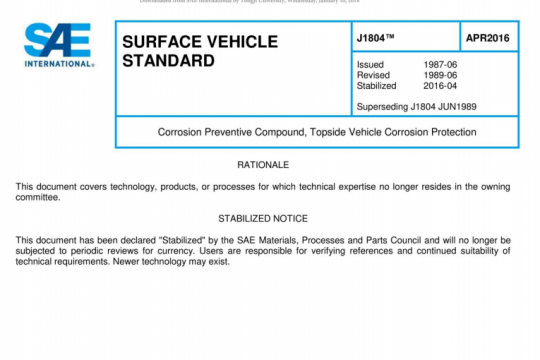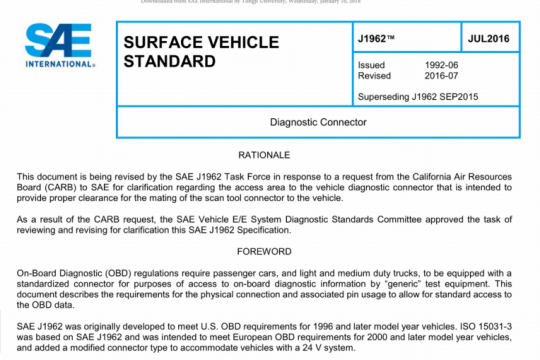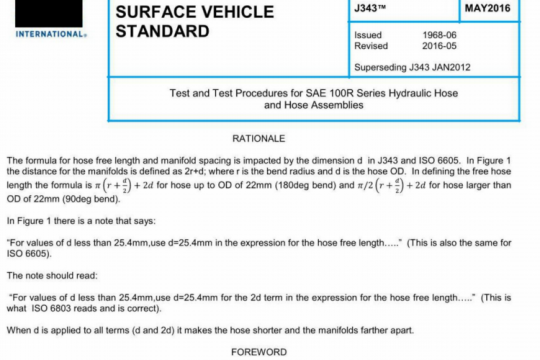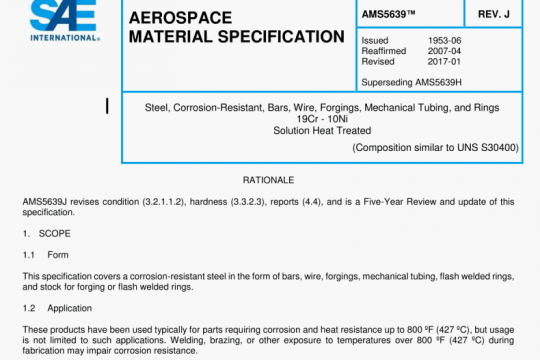SAE J2417:2020 pdf free
SAE J2417:2020 pdf free.Lift Capacity Calculation Method Knuckle-Boom Log Loaders and Certain Forestry Equipment
At various lift point positions, to determine the load required to achieve the balance point as defined in 3.2. Lift point positions shall encompass those that are over both the ends and sides of the machine. Sufficient lift point positions shall be considered to develop the rated lift capacity chart throughout the machines operating range as defined in 5.3. Over-end tipping may be either over the front and/or over the rear of the machine; but shall be defined and identified by the manufacturer. For the purposes of this document, the two over-side tipping conditions are assumed to be equal. The over-side tipping calculations shall be done in the least stable condition.
The tipping line to be used for balance point calculations over the front and rear of crawler-mounted machines shall be the centerline of the support idlers or drive sprockets. See Figure 1. The rear of the crawler mount is the end that contains the drive sprocket. The front of the crawler mount contains the support idler. The tipping line to be used for calculations over the front and rear of rubber-tired mounted machines shall be the axle centerline, bogie axle centerline, or the centerline of the outrigger pads as shown in Figures 2 through 5. For machines equipped with outriggers, the calculations shall be developed for the outriggers fully applied in the manufacturers’ recommended position and also with the outriggers fully retracted. See 4.6 and Figures 2, 4, and 5.
The tipping line to be used for balance point calculations over the side of crawler-mounted machines shall be the theoretical tipping point between the support rollers and the track links as shown in Figure 7. The tipping line to be used for balance point calculations over the side of rubber-tired mounted machines shall be the distance to the centerline of the tires at the ground reference plane, the midpoint between dual tires at the ground reference plane, or the tipping line of outrigger pads as defined in 4.6. See Figures 2, 4, 5, and 8. For machines equipped with outriggers, calculations shall be developed for the outriggers fully applied in the manufacturers’ recommended position and also with the outriggers fully retracted. For calculations with the outriggers fully applied, the rubber-tired mounting shall be free of the ground with the machine fully supported by the outriggers. See Figure 2. For calculations with the outriggers fully retracted, the tipping line shall be defined through the wheel tipping line.SAE J2417 pdf free download.




